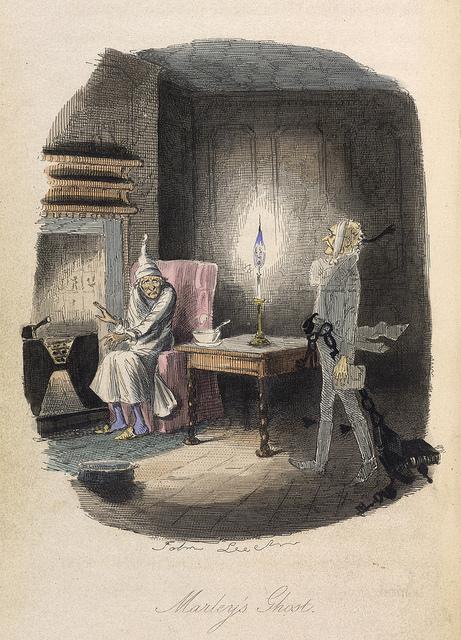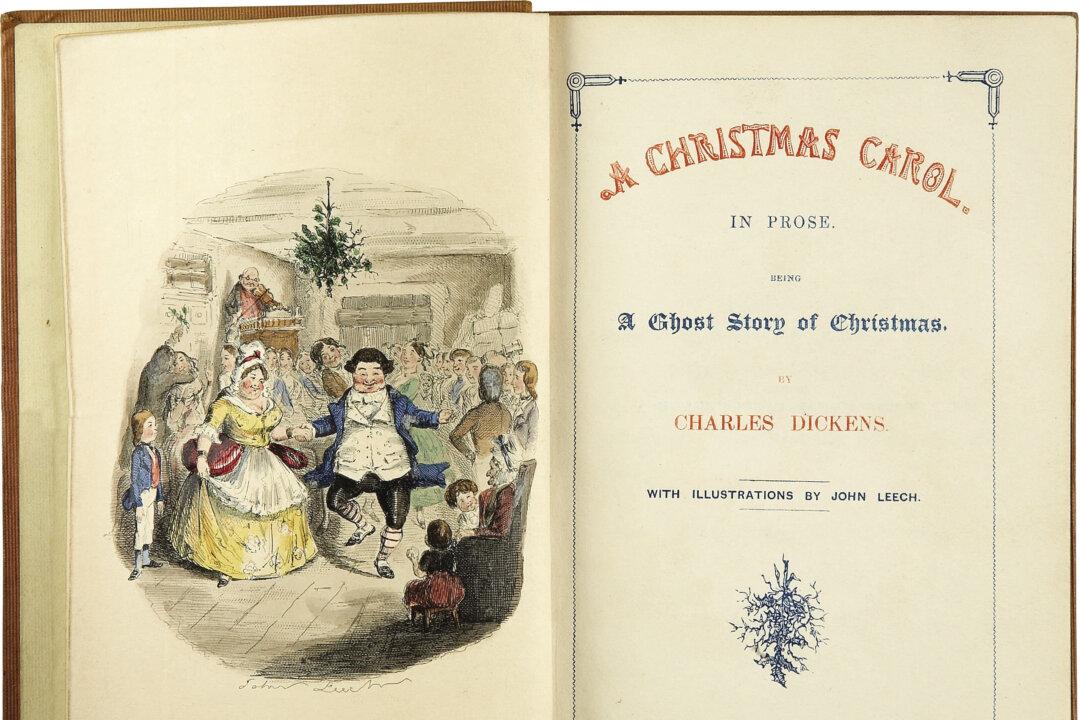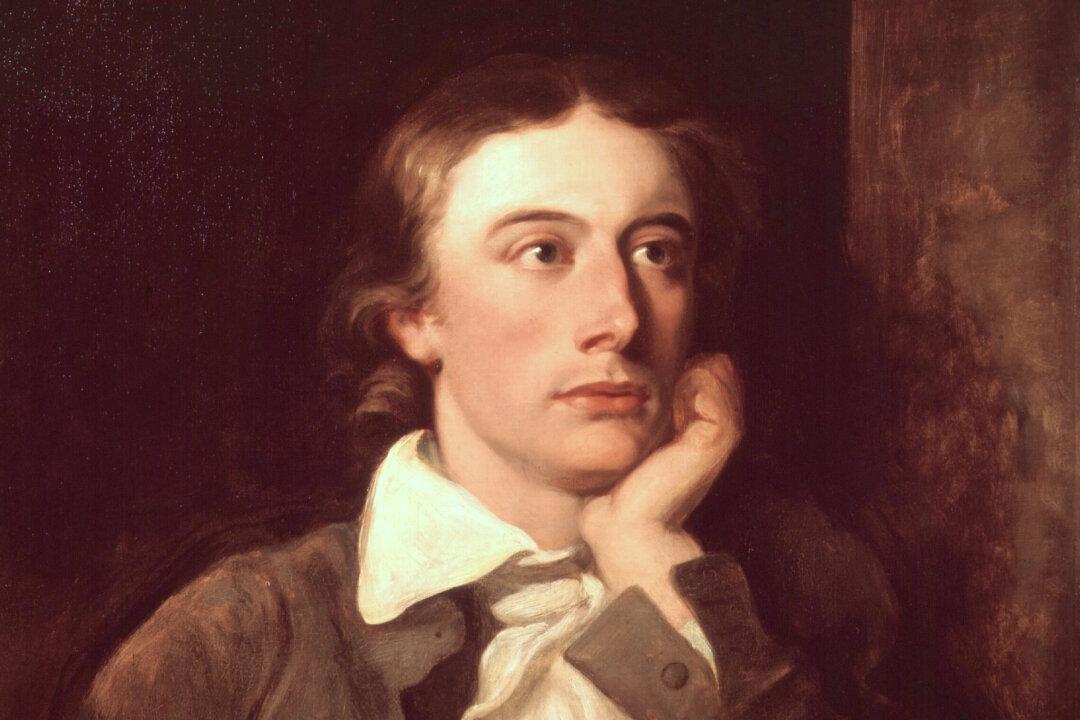Though today regarded as the literary titan of the Victorian age, in late 1843 the 31-year-old Charles Dickens worried that his popularity was fading. His latest novel was not selling well, his finances were strained and his wife was pregnant with their fifth child.
Dickens had recently visited the industrial city of Manchester, an experience that left him deeply moved by the plight of the poor. He understood their circumstances on a personal level—as a boy, Dickens had been humiliated when his father was forced into debtors’ prison.
Initially intending to voice his concerns about the poor as a pamphleteer, Dickens instead crafted a story about the redemption of an old miser, believing that it would garner more public attention and support.
Today that story remains perhaps Dickens’ most celebrated work, A Christmas Carol. Adapted in many forms, it has never been out of print. I take students in my course on philanthropy to see a stage production of the work each Christmas season.
Three Ghosts, Three Lessons
The story begins on Christmas Eve. The “grasping, scraping, clutching, covetous old sinner” Ebenezer Scrooge is toiling in his office, where he turns away two fundraisers seeking to provide for the poor, rudely rebuffs his nephew Fred’s invitation to Christmas dinner and berates his underpaid clerk, Bob Cratchit, for expecting to get Christmas Day off with pay.







